On the morning of March 23, a group of children gathered at the gate of Nanping Experimental Elementary School, waiting for the school to open. A man walked toward them and without a word started to butcher the children with a long knife. By the time the school security guard, a teacher, someone doing his morning exercises, and a car driver finally restrained the man, eight were dead and five seriously injured—all students aged 8 to 9.
The tragedy happened in Nanping City, Fujian Province. It shocked the nation. The state-run media reported the incident, and the issue was widely discussed on the Internet. Even though some people started to talk about the reasons behind the incident and what responsibility society should bear, nobody really understood that this was just the beginning.
Zheng Minsheng, the killer, a former surgeon at a local hospital, was quickly tried and sentenced to death on April 8, just two weeks after the killing. In big cases this is called “posting the most severe sentence as soon as possible.” In this way the authorities try to avoid criticism by showing the public that they did their job. They also seek to deter potential criminals. The only problem is that this time, the tactic didn’t work.
Four days after the trial, another tragedy happened. This time, it was in front of an elementary school in Guangxi Province, 800 miles away. One of two victims was an eight-year-old student.
In the authorities’ first response, finding the reasons for the killing of school children seemed less important than setting an example for others. Besides, deep analysis and discussion could lead to unpleasant results for the Party and the state. The execution of Zheng Minsheng was carried out on April 28, only 36 days after the killing. This was done very quickly, even by Chinese standards.
That very day and on the two days that followed, three more school killings happened. On April 28 in Guangdong Province, 18 elementary school students and a teacher were injured by a former teacher with a knife. On April 29 in Jiangsu Province, 29 children and 3 teachers were injured in a kindergarten, according to the state media. On April 30 in Shandong Province, five children were injured in an elementary school. This time, the killer used a hammer, instead of a knife. The most recent and the most deadly case was in Shaanxi Province. Seven children and two adults were killed in a kindergarten by a butcher’s cleaver on May 12.
In an unusual TV interview on May 13, Premier Wen Jiabao pointed out, “(We must) not only enhance the security measures, but also solve the deep root causes of the problem.” It’s very rare that a Chinese top leader admits that there are deep reasons behind a criminal’s actions.
Even though other countries also have such heinous crimes, six massacres in two months on defenseless children in different provinces a thousand miles apart can’t be attributed totally to personal reasons—one must try to understand the “deep root causes.”
Since 1949, the Chinese communist regime has used state power to systematically destroy religious belief in China and promote extreme materialism. Most religions teach people not to kill. Before the communists took over China, most Chinese believed that taking a life would be paid back with a life, in this life or the next. However, for the people who grew up in China for the past 60 years, they have witnessed so many innocent people being killed that such killings have become a part of their lives.
Most of the killings were initiated by the ruling party and the state, from the killing of the landlords in the early 1950s, to the killing of the enemies of the class struggle during the Cultural Revolution, from the Tiananmen Square Massacre in 1989, to the killing of thousands of Falun Gong practitioners in the past decade. Growing up and being educated in such an environment, people have no way to learn the moral standard of “Do Not Kill” through normal channels, though some do still get it from the family.
Most civilizations have the rule—protect children. Killing children is unthinkable—but not in today’s China. In recent years, we have seen too many cases of innocent, defenseless children being hurt, with these cases being initiated by, or at least supported by, the communist regime.
One example is the unusually high death rate of school students in the Sichuan earthquake. In China, and not only in the earthquake-hit area of Sichuan, the worst buildings are always the elementary and middle schools. The best buildings are always the state offices.
It was not always like that. During the time of the Republic of China, in the same province Sichuan, the warlord Lui Wenhui had an order, if any government building was better than a school building, the local mayor would be removed from office. Compare the behavior of this warlord with the treatment given the officials responsible for the “Tofu Dregs Construction” that caused the deaths of thousands of students. Not a single official has ever been punished. On the contrary, at least two rights activists, Tan Zuoren and Huang Qi, who tried to investigate and expose the truth of the Sichuan earthquake, were tried and sentenced to jail terms.
Another example is Zhao Lianhai. Zhao is the father of one of the melamine-tainted-milk victims. Millions of infants and children suffered from kidney stones, resulting in long-term injuries, with some even dying. The authorities executed two farmers, who were at the lowest end of this high-tech crime chain. The authorities in Hebei Province prohibited a lawsuit against those who are responsible for the childrens’ suffering. Zhao Lianhai didn’t buy the state’s story and tried to dig up the truth and take legal action. He was arrested and secretly tried in Daxin District Court, Beijing on March 30.
If one was born, raised, taught, and educated in an environment in which one witnessed the killing of innocent people and the systematic abuse of children happening regularly, where could the idea of right and wrong be learned? When the state sets the example and forces the whole nation to follow, what results can be expected?
The tragedy happened in Nanping City, Fujian Province. It shocked the nation. The state-run media reported the incident, and the issue was widely discussed on the Internet. Even though some people started to talk about the reasons behind the incident and what responsibility society should bear, nobody really understood that this was just the beginning.
Zheng Minsheng, the killer, a former surgeon at a local hospital, was quickly tried and sentenced to death on April 8, just two weeks after the killing. In big cases this is called “posting the most severe sentence as soon as possible.” In this way the authorities try to avoid criticism by showing the public that they did their job. They also seek to deter potential criminals. The only problem is that this time, the tactic didn’t work.
Four days after the trial, another tragedy happened. This time, it was in front of an elementary school in Guangxi Province, 800 miles away. One of two victims was an eight-year-old student.
In the authorities’ first response, finding the reasons for the killing of school children seemed less important than setting an example for others. Besides, deep analysis and discussion could lead to unpleasant results for the Party and the state. The execution of Zheng Minsheng was carried out on April 28, only 36 days after the killing. This was done very quickly, even by Chinese standards.
That very day and on the two days that followed, three more school killings happened. On April 28 in Guangdong Province, 18 elementary school students and a teacher were injured by a former teacher with a knife. On April 29 in Jiangsu Province, 29 children and 3 teachers were injured in a kindergarten, according to the state media. On April 30 in Shandong Province, five children were injured in an elementary school. This time, the killer used a hammer, instead of a knife. The most recent and the most deadly case was in Shaanxi Province. Seven children and two adults were killed in a kindergarten by a butcher’s cleaver on May 12.
Root Causes
In an unusual TV interview on May 13, Premier Wen Jiabao pointed out, “(We must) not only enhance the security measures, but also solve the deep root causes of the problem.” It’s very rare that a Chinese top leader admits that there are deep reasons behind a criminal’s actions.
Even though other countries also have such heinous crimes, six massacres in two months on defenseless children in different provinces a thousand miles apart can’t be attributed totally to personal reasons—one must try to understand the “deep root causes.”
Since 1949, the Chinese communist regime has used state power to systematically destroy religious belief in China and promote extreme materialism. Most religions teach people not to kill. Before the communists took over China, most Chinese believed that taking a life would be paid back with a life, in this life or the next. However, for the people who grew up in China for the past 60 years, they have witnessed so many innocent people being killed that such killings have become a part of their lives.
Most of the killings were initiated by the ruling party and the state, from the killing of the landlords in the early 1950s, to the killing of the enemies of the class struggle during the Cultural Revolution, from the Tiananmen Square Massacre in 1989, to the killing of thousands of Falun Gong practitioners in the past decade. Growing up and being educated in such an environment, people have no way to learn the moral standard of “Do Not Kill” through normal channels, though some do still get it from the family.
Most civilizations have the rule—protect children. Killing children is unthinkable—but not in today’s China. In recent years, we have seen too many cases of innocent, defenseless children being hurt, with these cases being initiated by, or at least supported by, the communist regime.
One example is the unusually high death rate of school students in the Sichuan earthquake. In China, and not only in the earthquake-hit area of Sichuan, the worst buildings are always the elementary and middle schools. The best buildings are always the state offices.
It was not always like that. During the time of the Republic of China, in the same province Sichuan, the warlord Lui Wenhui had an order, if any government building was better than a school building, the local mayor would be removed from office. Compare the behavior of this warlord with the treatment given the officials responsible for the “Tofu Dregs Construction” that caused the deaths of thousands of students. Not a single official has ever been punished. On the contrary, at least two rights activists, Tan Zuoren and Huang Qi, who tried to investigate and expose the truth of the Sichuan earthquake, were tried and sentenced to jail terms.
Another example is Zhao Lianhai. Zhao is the father of one of the melamine-tainted-milk victims. Millions of infants and children suffered from kidney stones, resulting in long-term injuries, with some even dying. The authorities executed two farmers, who were at the lowest end of this high-tech crime chain. The authorities in Hebei Province prohibited a lawsuit against those who are responsible for the childrens’ suffering. Zhao Lianhai didn’t buy the state’s story and tried to dig up the truth and take legal action. He was arrested and secretly tried in Daxin District Court, Beijing on March 30.
If one was born, raised, taught, and educated in an environment in which one witnessed the killing of innocent people and the systematic abuse of children happening regularly, where could the idea of right and wrong be learned? When the state sets the example and forces the whole nation to follow, what results can be expected?

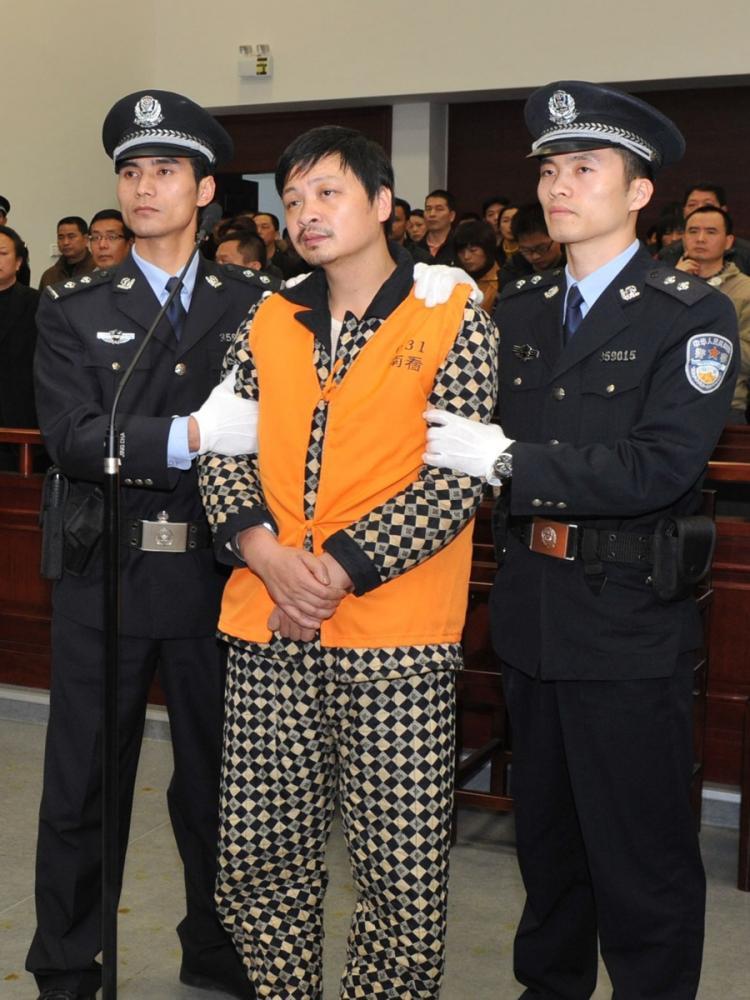
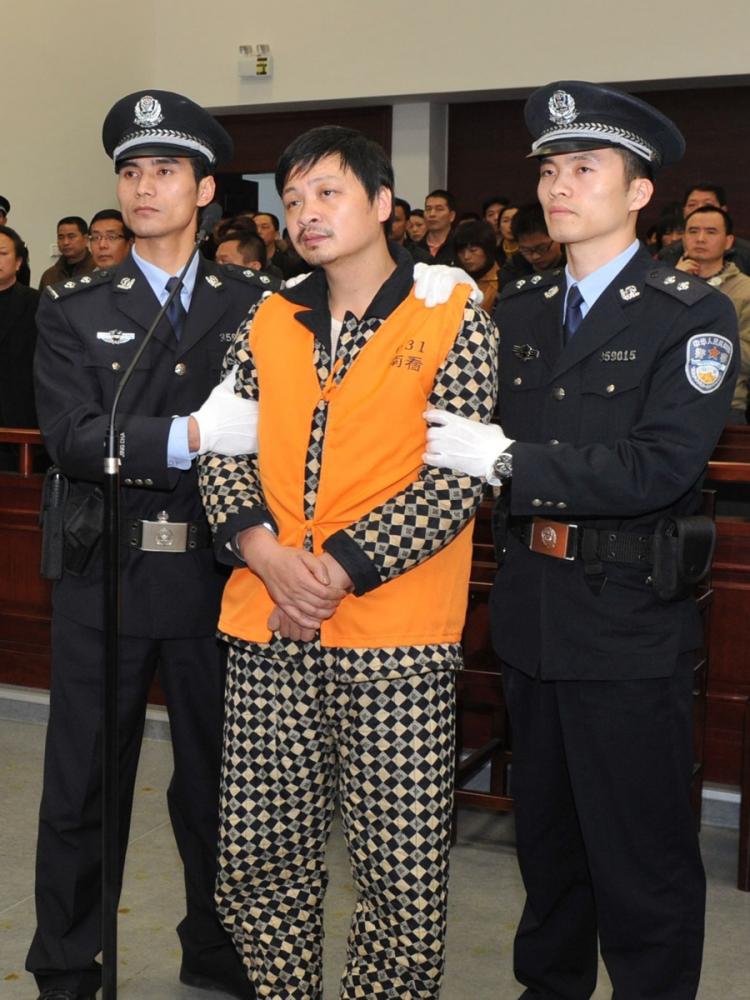
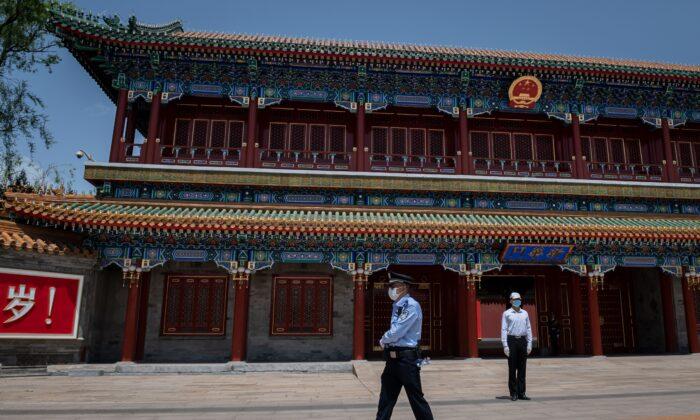
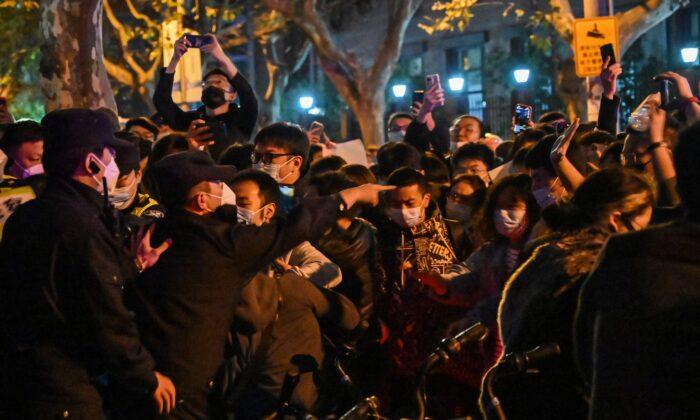
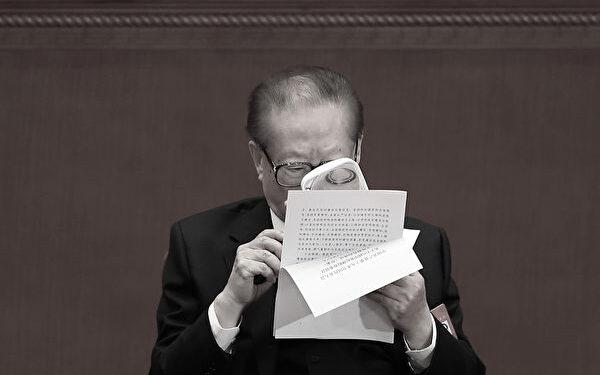
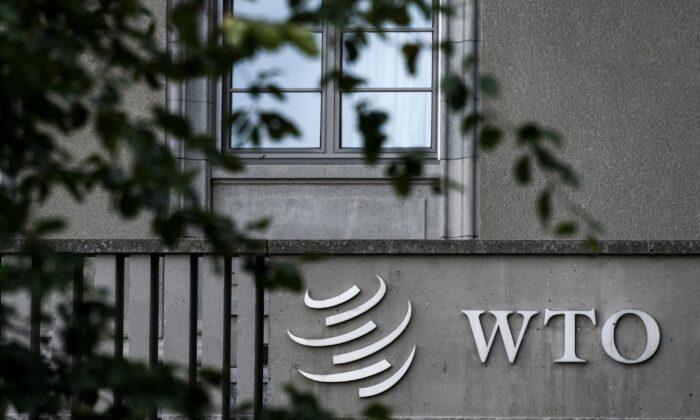
Friends Read Free